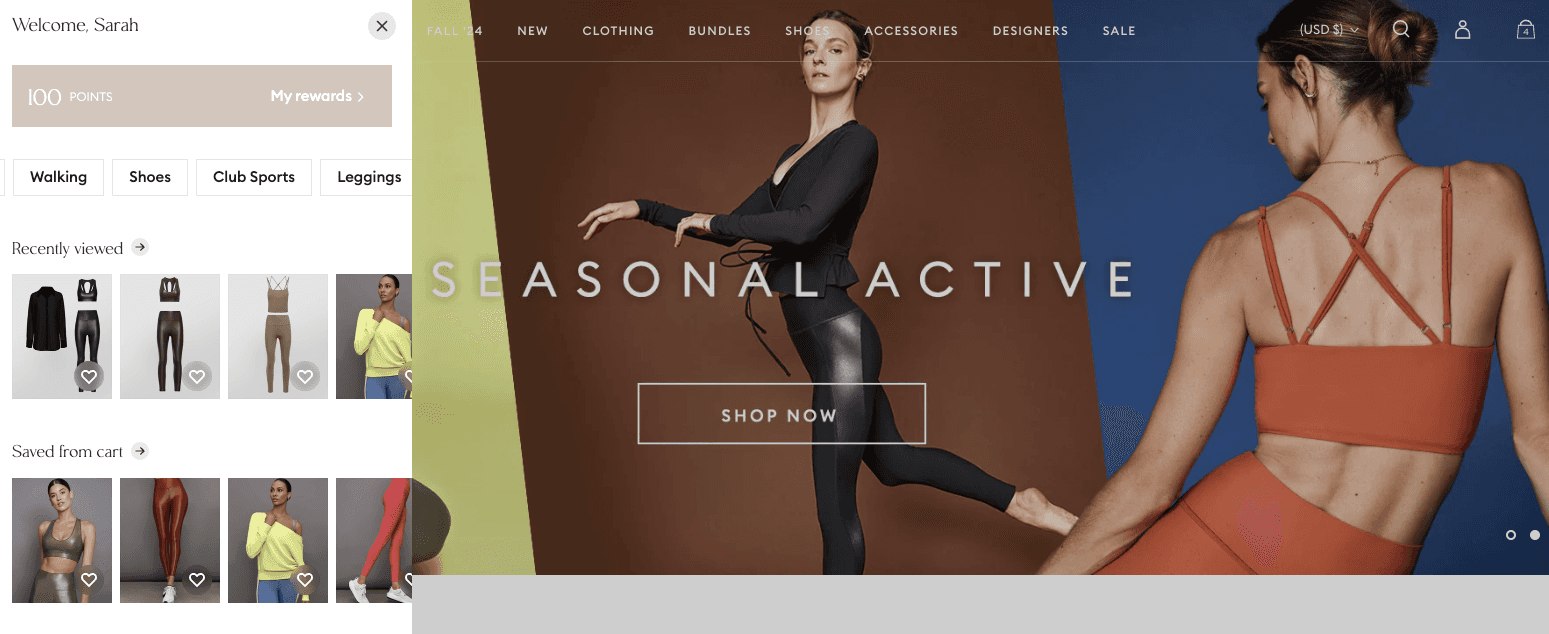
Why the Conflict?
Before we dive into solutions, it's important to understand why this conflict often arises:
1. Short-term vs. Long-term Goals
Conversion optimization often focuses on immediate results, while branding is about long-term perception and loyalty.
2. Aesthetics vs. Functionality
Brand guidelines may prioritize a certain look that doesn't always align with conversion best practices.
3. Emotion vs. Action
Branding often aims to evoke emotions, while conversion optimization focuses on prompting specific actions.
Despite these potential conflicts, it's possible—and essential—to find a way for these strategies to work together.
Here's How to Find Balance:
1. Align Your Messaging
Your brand voice and conversion copy should work together, not against each other. Your calls-to-action (CTAs) should reflect your brand personality while still being clear and action-oriented.
**Example**: If your brand is playful and informal, a CTA like "Let's do this!" could work better than a generic "Submit" button. It maintains brand voice while still prompting action.
2. Use Strategic Visuals
Your brand colors, imagery, and overall aesthetic can be powerful tools for guiding user attention and action. Use them thoughtfully to enhance, not distract from, your conversion goals.
**Tip**: Use your brand's primary color for key CTAs to make them stand out while maintaining brand consistency. DÔEN's Add to Cart, shown below, stands out and still looks very on brand through the use of brand elements.

3. Highlight Your Unique Value Proposition
Your brand's unique selling points should be front and center in your conversion strategy. What makes your brand special should also be what convinces customers to convert.
**Action Item**: Craft your main headline to incorporate both your brand's key value proposition and the primary benefit to the customer.
4. Prioritize User Experience
A smooth, intuitive user experience reflects positively on your brand and boosts conversions. Ensure your landing page layout, load time, and navigation align with both your brand standards and conversion best practices.
**Remember**: Every point of friction in the user journey is a potential exit point for your customer.
5. Embrace A/B Testing
Don't assume you have to choose between brand guidelines and conversion tactics. Use A/B testing to find variations that maintain brand integrity while optimizing for conversions.
**Example**: Test different button colors that are all within your brand palette to see which converts best.
6. Leverage Emotional Connections
Use brand storytelling to create an emotional hook that drives action. Your brand narrative can be a powerful conversion tool when used effectively.
**Idea**: Include a brief brand story or mission statement near your CTA to remind customers why they're choosing your brand. Fullwell reminds customers why they're a brand customers can trust with visual highlights just below the CTA.

7. Incorporate Trust Signals
Use brand elements like logos, testimonials, and trust badges to build credibility. These not only reinforce your brand but also encourage conversions by building trust.
**Tip**: Display logos of well-known clients or media features prominently, but ensure they don't overshadow your primary CTA. Your trust signal doesn't have to be as big as Oprah (but couldn't hurt!).

8. Consistency Across Channels
Ensure a seamless transition from your ads or social media to your landing pages. This consistency reinforces your brand while meeting user expectations, which can boost conversions.
**Action Item**: Review your ad copy and landing page copy side by side to ensure they tell a cohesive story.
9. Personalization
Use data-driven personalization to tailor the user experience. This can enhance both brand perception and conversion rates.
**Example**: Customize landing page content based on the user's previous interactions with your brand or their demographic information. Apps like Status, shown below on Carbon38, make it easy to surface customer views, favorites and items left in cart.

10. Mobile Optimization
Ensure your brand looks great and converts well on mobile devices. A poor mobile experience can damage both your brand perception and your conversion rates.
**Remember**: Over 50% of web traffic comes from mobile devices. Your brand needs to shine on small screens too.
Conclusion
Remember, your brand isn't just what you say—it's also how you guide users to take action. A strong brand doesn't just attract; it converts. By thoughtfully integrating your brand identity into your conversion optimization efforts, you create a powerful, cohesive user experience that drives both immediate sales and long-term loyalty.
The key is to view brand identity and conversion optimization not as competing forces, but as complementary elements of a successful e-commerce strategy. When in harmony, they create a symphony that resonates with your audience and drives your business forward.
#BrandStrategy #ConversionOptimization #EcommerceTips #LandingPageDesign #DigitalMarketing


